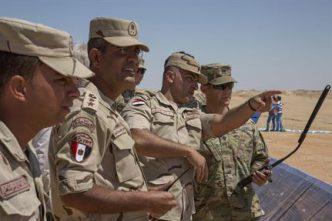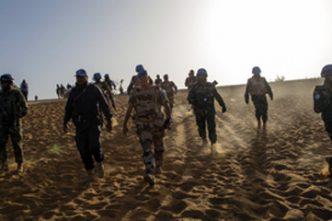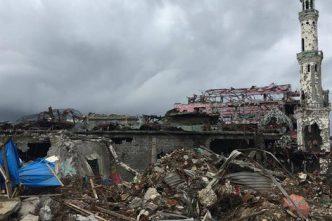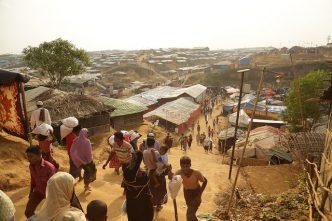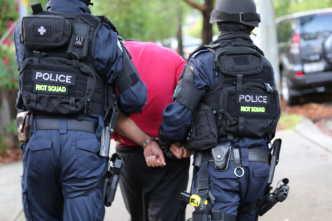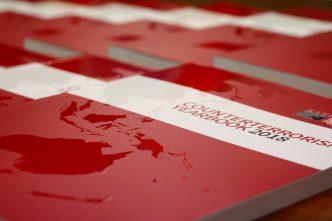The Islamic State’s (IS) caliphate project had mostly collapsed by the end of 2017. Even so, terrorism and counterterrorism (CT) in the Middle East were still driven by the fight against IS, a resurgent al-Qaeda and …
Throughout 2017, peace and security across North Africa were threatened by Salafi-jihadi terrorism, armed conflict, poor governance and porous borders. Nations across the Maghreb continued to pursue independent counterterrorism (CT) efforts, without much development of …
The security situation is evolving rapidly in West Africa and the Sahel—and worsening in places. The region has already featured quite prominently in the news in the first quarter of 2018. There has been another …
The Philippines is now the site of the greatest terrorism threat in Southeast Asia. That much is clear from the dramatic developments in the southern island of Mindanao during 2017. For some five months, a …
Last year’s Marawi crisis represents the most significant terrorism development in Southeast Asia since the 2002 Bali bombings. Despite expectations that the rollback of Islamic State (IS) forces in the Middle East would see a …
As coalition forces drove Islamic State (IS) out of the cities of Mosul and Raqqa, several plots in Australia demonstrated a greater involvement by the terror group than had been seen here before. The volume …
Three key factors defined the terrorist threat landscape in 2017: the international coalition’s military dismantling of Islamic State’s (IS) caliphate, and their return to a nebulous insurgency structure; increased IS activity in South East Asia …

